The eruption began at 3:15 p.m. (14:15 GMT) on Sunday on a wooded slope in the Cumbre Vieja national park, the government said, Al-Jazeera reported.
Cumbre Vieja is one of the most active volcanic regions in the Canaries and the eruption comes after a week-long buildup of seismic activity, prompting authorities to evacuate thousands of people from nearby settlements.
As darkness fell, video footage showed fountains of lava shooting hundreds of metres into the sky, and at least three incandescent orange rivers of molten rock pouring down the hill, tearing gashes into woods and farmland, and spreading as they reached the lower ground.
One stream, several hundred metres long and tens of metres wide, crossed a road and began engulfing scattered houses in the evacuated village of El Paso. Video footage shared on social media, which the Reuters news agency was unable to verify, showed the lava entering a house.
“When the volcano erupted today, I was scared. For journalists it is something spectacular, for us, it is a tragedy. I think the lava has reached some relatives’ houses,” local resident Isabel Fuentes, 55, told Spanish television TVE.
The last eruption was in 1971.
“I was five years old when the volcano last erupted. You never get over a volcanic eruption,” added Fuentes, who said she had moved to another house on Sunday for her safety.
Canary Islands President Angel Victor Torres told a news conference on Sunday night that 5,000 people had been evacuated and no injuries had been reported so far.
“It is not foreseeable that anyone else will have to be evacuated. The lava is moving towards the coast and the damage will be material. According to experts, there are about 17-20 million cubic metres (55.7-65 cubic feet) of lava,” he said.
Flights to and from the Canaries were continuing as normal, the airport operator Aena said.
Spanish Prime Minister Pedro Sanchez delayed a trip to the United Nations to travel to La Palma, the most northwesterly island of the archipelago, arriving late on Sunday.
“We have all the resources (to deal with the eruption) and all the troops, the citizens can rest easy,” he said.
Stavros Meletlidis, a specialist in volcanology at the Spanish Geographical Institute, said the eruption had torn five holes in the hillside and that he could not be sure how long it would last.
“We have to measure the lava every day and that will help us to work it out.”
The earliest recorded eruption in La Palma was in 1430, according to the Spanish National Geographical Institute (ING).
ZZ/PR

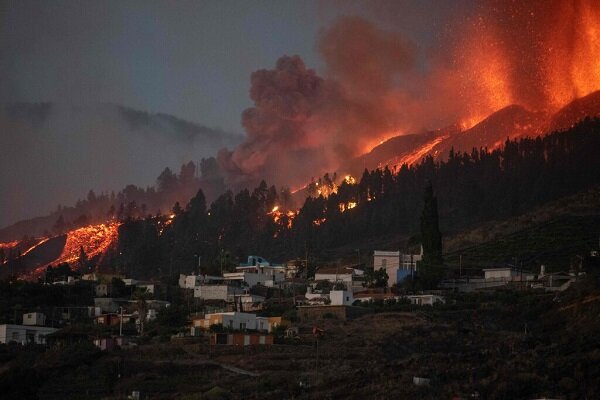

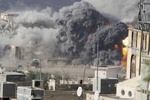
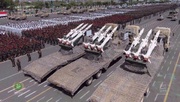




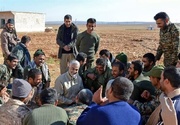










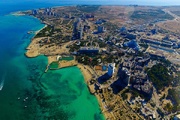


Your Comment